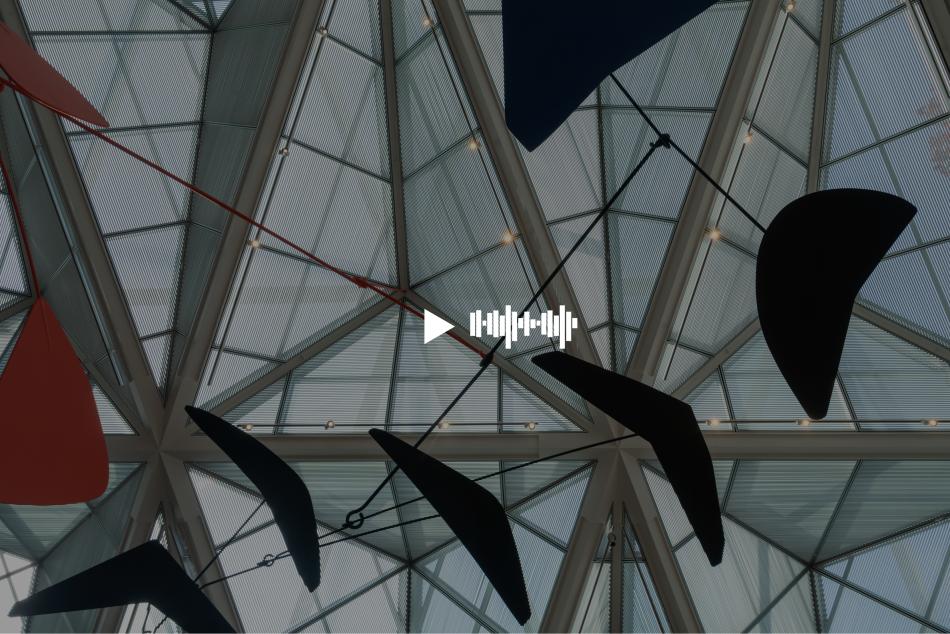SARAH CASH:
I’m Sarah Cash - I am an Associate Curator of American and British Paintings at the National Gallery of Art.
In this painting, Frederic Church’s Niagara from 1857, we are viewing, of course, Niagara Falls. This painting was radical and revolutionary in its day – it's as if we are suspended over the Falls, which is quite remarkable. He's brought the near and far sides of the falls both into our view. In other words, we cannot see this view with the human eye.
SARA CAPEN:
I think that he was removing all distractions so that we could connect to its essence. To think greater than who we are as humans. I’m Sara Capen. I'm the executive director for the Niagara Falls National Heritage Area.
SARAH CASH:
I think he chose it also, because he knew that Americans at this time viewed this place as the symbol of the new nation, and of the vitality of the new country.
NARRATOR:
But for some Americans at this time, the Falls represented something profoundly different – a route to freedom.
SARA CAPEN:
When Church came to research Niagara Falls, it was very similar to today, a place of great tourism. But there were undercurrents. You had southern plantation owners coming up to see Niagara Falls, who brought the people that they had enslaved with them, to serve them. The waiters at the Cataract House hotel which were predominantly free African-American waiters - would share with them: “Listen, you are literally 500 yards from freedom. We can help you get there”.
NARRATOR:
Niagara Falls – a series of waterfalls along the Niagara River – straddle American and Canadian territory. Visitors to the site would realize that just beyond the American Falls lay the Canadian border, and the majestic view Church painted.
SARA CAPEN:
Freedom Seekers crossed right at the bottom of the American Falls in a rowboat, after running down stairs after stairs that were wooden, three hundred or more feet to the very bottom, surrounded by those mighty Cataracts. Going into freedom, into Canada. It is an important story, that has been untold.
I personally feel that it is as relevant of a painting today as it was then. And it really touches your heart. But also makes you want to walk away and take action. It wants you to better understand, maybe, it’s our history, maybe it’s our relationship with nature and land. But I think most importantly, it's really calling on us to become stewards so that these places are here for future generations.




